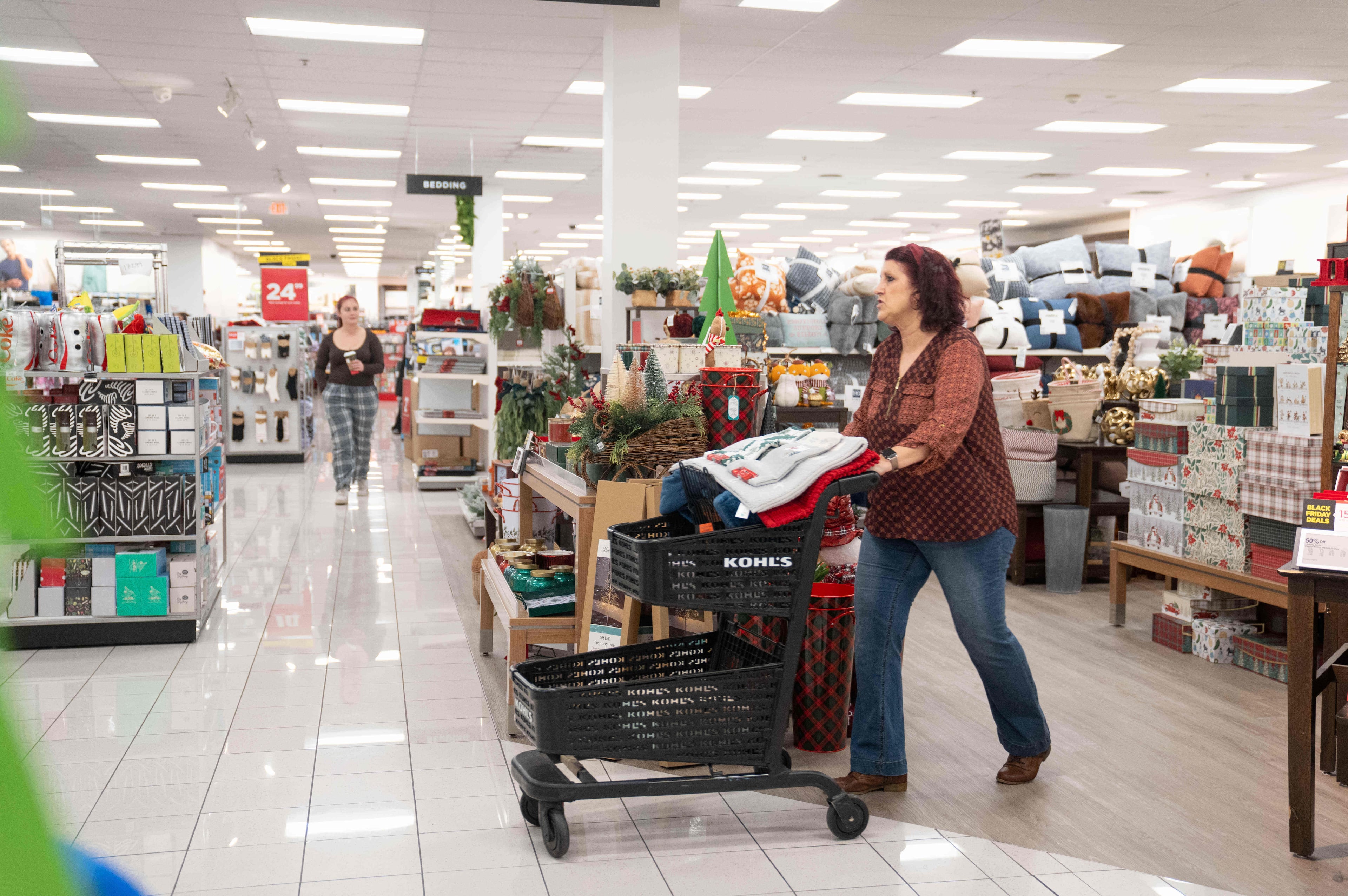Opinion: The new car vs. used car conundrum

Does it make more sense to buy a new car or a used one? Both options have advantages and disadvantages, some obvious and some less so.
The answer may not be the same as it once was, thanks to new technologies, market pressures, regulatory requirements and challenges regarding the affordability of other aspects of daily life, such as rent, food, clothing and more.
Fortunately, you still can find some straightforward answers. The decision between new and used may be easier than you think.
Why buy new?
New cars tend to carry higher prices than used, but they can save you money in the long run.
That’s true, in part, because used cars are surprisingly expensive this year. As my colleague Renee DeGross Valdes recently wrote, they likely will stay that way for several years.

During the pandemic, the automotive industry produced about 8 million fewer vehicles than it otherwise would have, according to Cox Automotive. Fewer new cars resulted in a lower supply of used cars as the pandemic eased; that tighter supply drove used car prices higher. This unique set of circumstances set up a counterintuitive marketplace, where new cars often deliver better value than used cars, dollar-for-dollar and feature-for-feature.
It’s also true because a new car, under warranty, won’t surprise you with unexpected repair bills.
Beyond price, new cars can offer a better ownership experience.
A new car likely gives you more advanced entertainment, information and driver assistance technology compared to cars built even as recently as two years ago.
New cars offer substantially better smartphone integration, built-in computer functionality and safety features than 5-year-old cars.
The used vehicle supply has fallen this summer thanks to a 15% year-over-year sales increase, leaving the market with 41 days of used vehicle inventory overall and only 31 days for used cars below $15,000. The data come from vAuto, a Cox Automotive company that provides inventory management software to dealerships.
Supply chain issues limited the availability of many advanced features during the pandemic. You may find it difficult or impossible to find some vehicle features in the used market, and cars with the most desirable features may carry a premium. New cars are easy to find this season. The average dealership carried a 68-day supply in August, with several brands oversupplied at more than 100 days, according to Cox Automotive. With supply chain problems resolved, they come fully equipped.
Why buy used?
If price is your primary concern, buying used may be your best bet. Thanks to depreciation, used vehicles cost less, even compared with the same model a year apart.
The 2025 Honda CR-V on dealer lots now, for instance, starts at $31,450 including delivery fees. A year-old used CR-V with just 15,000 miles on it in excellent condition might sell for as little as $27,826, according to Kelley Blue Book.
Another price-based reason to buy a used car is the cost of insurance. The Bureau of Labor Statistics says insurance costs have risen dramatically, up more than 18% in the past year. Because the value of a used car is lower on average, the cost of comprehensive insurance on that vehicle also is lower than on a higher-priced new car. If you can purchase a used car without financing, you may cut insurance costs even further by opting to carry only collision insurance.
Buying used also protects you from depreciation. Of course, used vehicles will continue to depreciate as they age, but the worst depreciation typically happens in the first two to three years of a vehicle’s life. Buying a car that is more than a year or two old saves you from taking that hit on your car’s value.
Which choice is right for you?
If you’re looking for a car on a budget smaller than $25,000, your best bet might be in the used market.
Automakers have reduced the number of models they sell under that threshold in recent years. A handful still exist, but they tend to be subcompact SUVs like the 2025 Nissan Kicks (prices starting at $21,830 plus a destination fee of $1,390) that might be too small for your needs.
A new car may be the way to go if you need a custom-configured vehicle, but you’ll be surprised how much variety is available in the used car market. Two or three years ago, someone may have ordered the exact vehicle you need — and it’s now a used car.
If you can spend more, though, the added warranty protection of a new car may give you peace of mind.
Ultimately, the choice of whether to buy a new or used car, like any significant purchase, is subject to a variety of complex and sometimes contradictory needs and goals — and that’s before you take the broader market into account.
In either case, qualifying for a loan with payments you can afford has been challenging this year.
The good news is that the Federal Reserve has announced an impending prime interest rate cut this month, with more likely to follow. Financing for new and used cars likely will become more affordable and widely available in the coming months, making it easier to get the car you want, whether it’s new or used.
Nelson Ireson is an automotive writer focused on cutting through the noise to deliver helpful, actionable information to today’s car buyers.
The Steering Column is a weekly consumer auto column from Cox Automotive. Cox Automotive and The Atlanta Journal-Constitution are owned by parent company, Atlanta-based Cox Enterprises.


